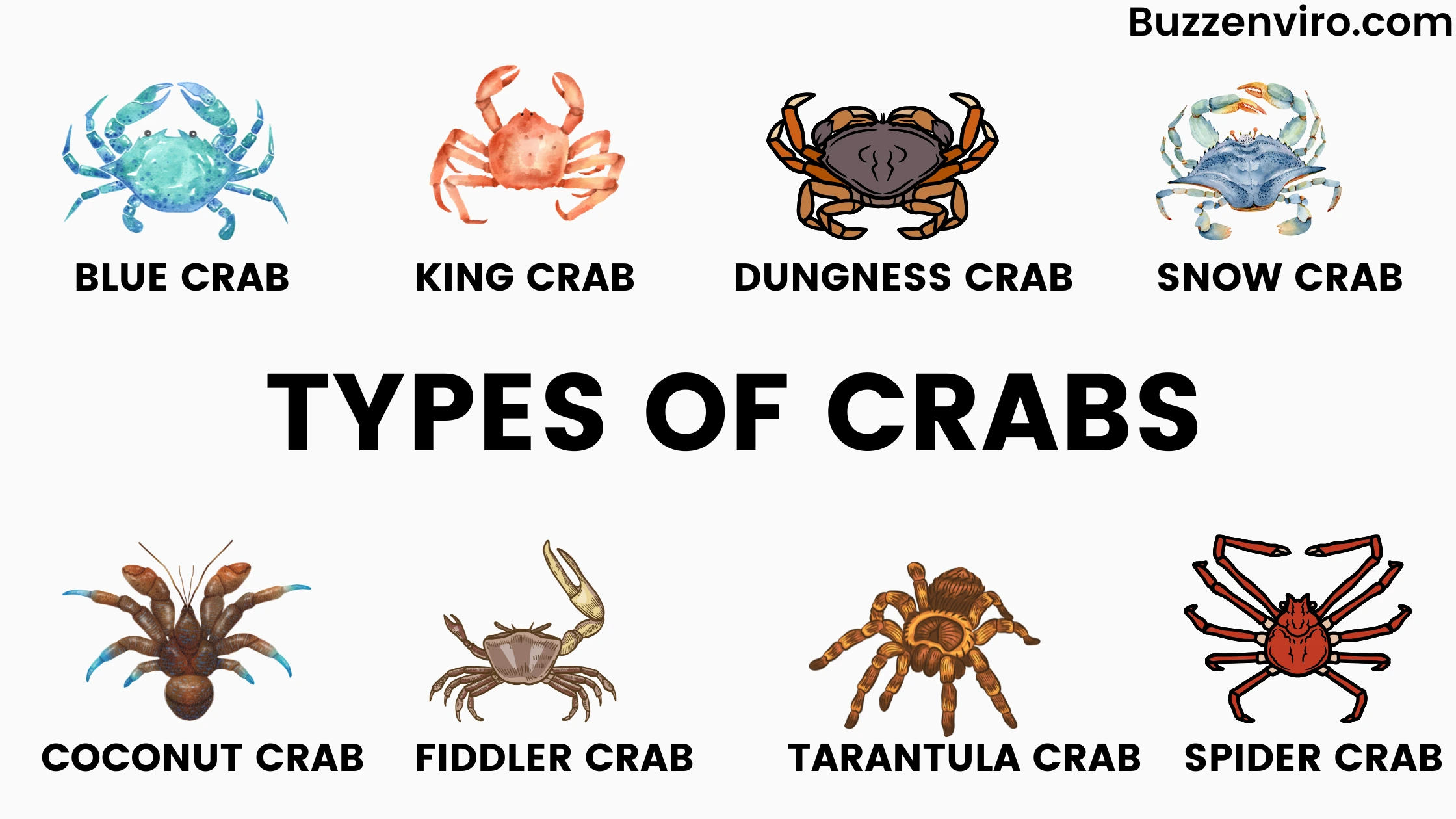Among the many wonders of the sea, abalone holds a special place as both a prizes delicacy and a natural marvel. Found clinging to rocky shores from California to South Africa, Japan, and Australia, abalone captivates food lovers, jewelers, and conservationists alike with its unique appearance, cultural significance, and ecological importance.
What is Abalone?
Abalone are marine gastropods—large sea snails—that inhabit coastal waters, primarily in colder regions. They have a distinct ear-shaped shell with perforations that serve as respiratory holes. This shell’s inside is lined with mother-of-pearl (nacre), prized for its shimmering, iridescent colors that have made it valuable in jewelry and spiritual crafts for centuries.
The abalone’s soft, edible body is considered a gourmet treasure, with a flavor often described as a delicate blend of sweetness and the ocean’s depth. It is enjoyed raw or cooked, frequently in Asian cuisines, and commands high prices given its taste and rarity.
The Unique Abalone Shell and Its Symbolism
The smooth, rounded shape of the abalone shell, coupled with its colorful shimmering interior, often leads to fascinating cultural associations. Some note that the shell’s opening loosely resembles feminine forms in nature, connecting it to symbols of fertility and life in various traditions. The shell is more than just a protective home; it is regarded in many indigenous cultures as a source of spiritual cleansing and emotional healing.
Also Read:- 10 Rare Albino animals that will amaze You
Varieties and Regional Species
The world’s oceans host about 70 species of abalone. Among them:
- Black abalone, native to the California coast, is now critically endangered due to disease and overfishing. Conservation efforts focus on this species to prevent extinction.
- Red and green abalones, common in South Africa and Japan, are highly sought after both as seafood and for their colorful shells.
- White abalone, another rare species, is also protected under endangered species regulations.
Why is Abalone Harvesting Often Illegal?
Due to its slow growth and high market demand, wild abalone populations have suffered dramatically. Over-harvesting, illegal poaching, and environmental threats like ocean acidification and warming have pushed many species toward extinction. Consequently, many governments have imposed strict fishing bans and seasonal restrictions to protect these mollusks.
Illegal abalone fishing is a significant problem in regions such as South Africa, where it fuels black markets and associated criminal syndicates, making enforcement a challenge despite policies. These regulations aim not only to preserve abalone but also to maintain the health of fragile coastal ecosystems that depend on this key species.
Cultural and Culinary Importance
In East Asia, abalones are celebrated delicacies served at festivities such as Lunar New Year and weddings, symbolizing prosperity and good fortune. Native American tribes have historically used abalone shells in sacred ceremonies as vessels for burning sage and other herbs, believed to cleanse and protect. In South Africa, the abalone known locally as “perlemoen” remains both a cultural treasure and an economic resource, though threatened by illicit trade.
Conservation and Sustainable Practices
To combat dwindling wild stocks, commercial abalone aquaculture has expanded worldwide, providing a sustainable alternative to meet demand while enabling wild populations to recover under marine protected areas. These farms produce high-quality abalones without harming ocean habitats, supporting both local economies and environmental preservation efforts.
The Spiritual and Healing Legacy of Abalone
Beyond its culinary and ecological roles, abalone shells carry spiritual significance. Many believe the shell’s calming, water-like energy fosters emotional healing, inner peace, and creative inspiration. Used in meditation, jewelry, and ritual tools, abalone shells symbolize balance, protection, and connection to the rhythms of the sea.



